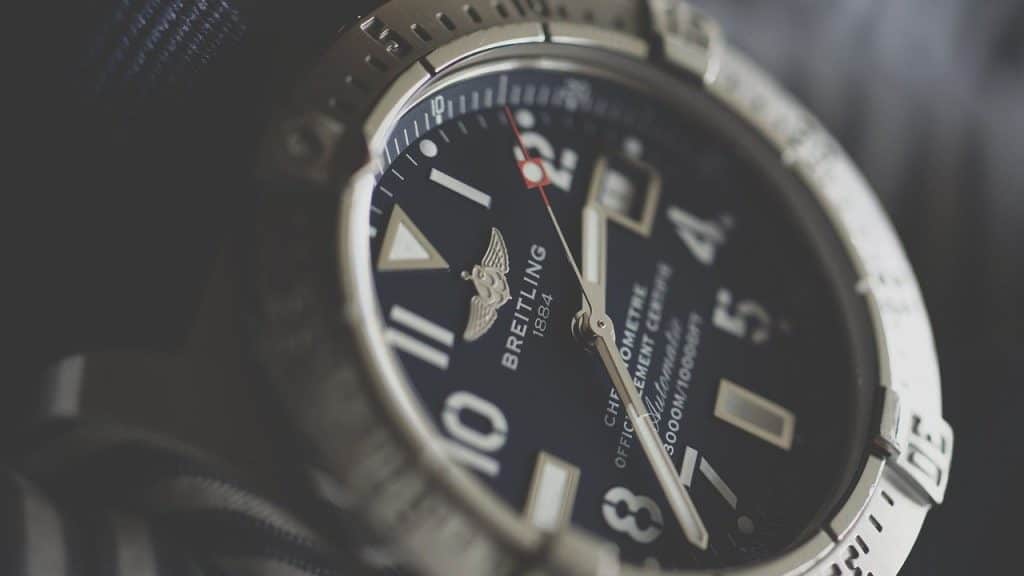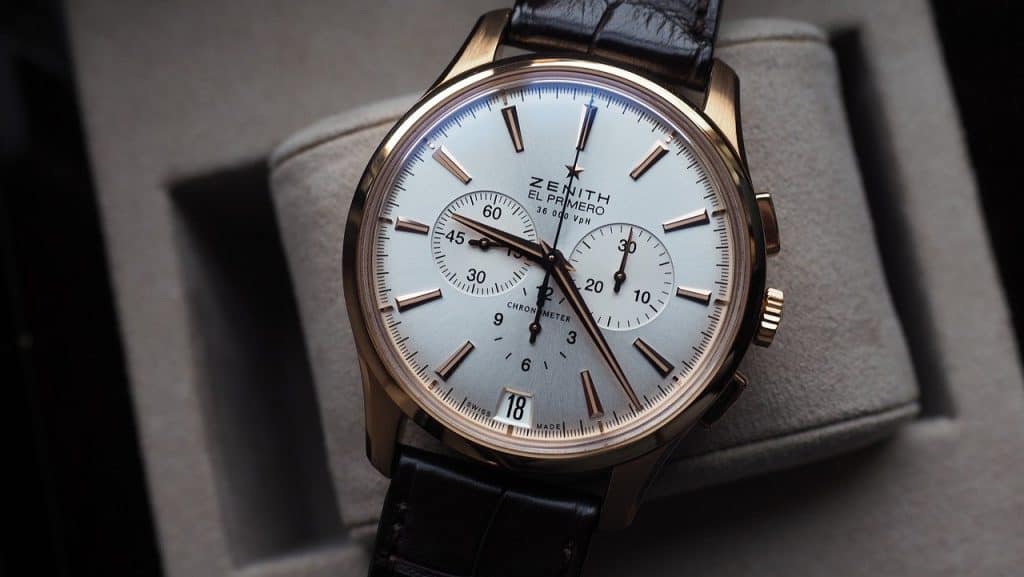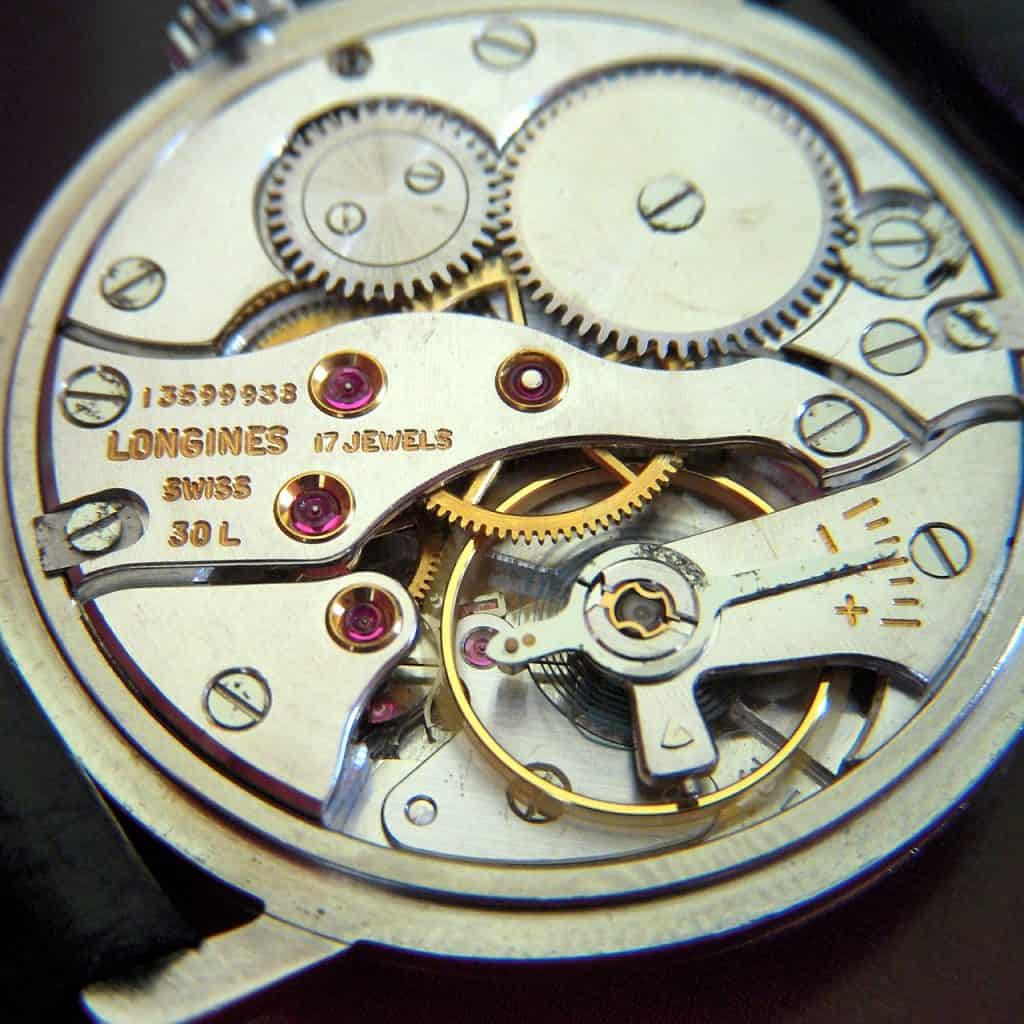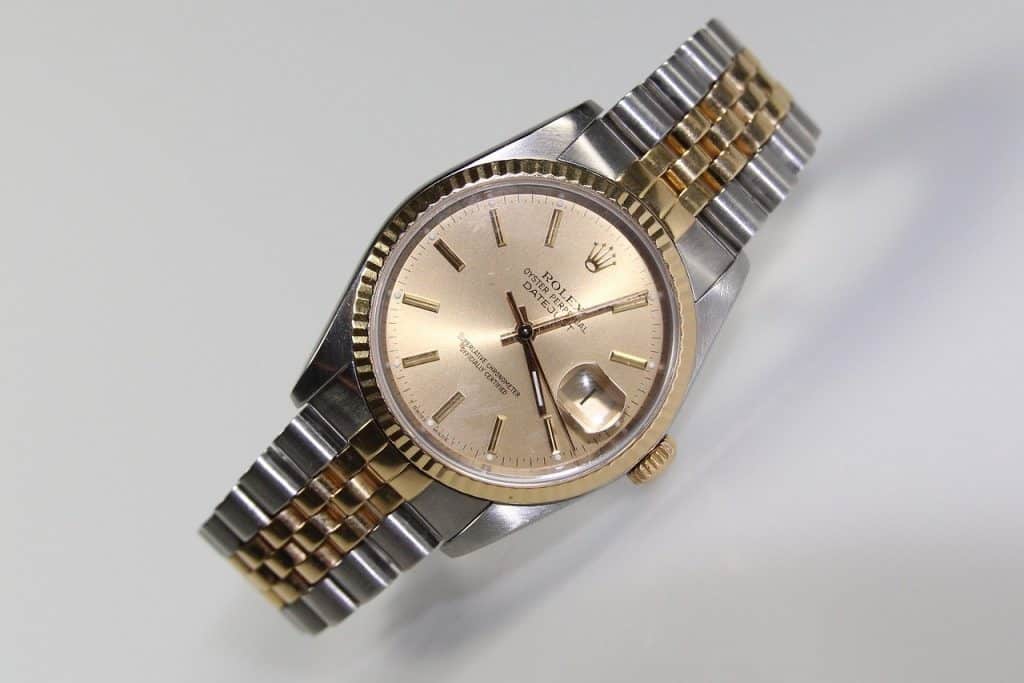A watch is often said to be a purchase that will last you a lifetime. But how do watches actually last so long?
Watches are made with durable materials and are generally low-drain accessories. Watch batteries will last up to a decade, and mechanical watches have an inner working that ensures there’s no need for a power circuit at all. They function as long as you wear them.
But the battery life isn’t the only factor that decides a watch’s lifetime. So what about the other factors? This article will discuss all the ins and out’s of why watches last so long.

Table of Contents
What Makes A Watch Last So Long?
Watches are known for their incredible durability, being able to last generations. This durability pretty much comes down to one simple thing:
Watches are compact and made of strong and sturdy materials. Pair the small size with the sturdy materials, and you have an object that will simply be incredibly difficult to break.
It should also be noted that a new, newly made watch will be much sturdier than an older watch that has been roughed up a few times. But with proper care, any watch can last you for generations. This also explains why watches are such popular heirlooms.
Is There A Difference Between Different Types Of Watches
Besides being made from sturdy material, the amount of time a watch lasts is also measured by how long it will continue working. After all, a broken watch is, well, pretty useless.
We briefly talked about watches in general, but there are several types of watches. The durability of an automatic watch will, of course, be different from that of a watch that uses a battery.
An automatic watch is also called a self-winding watch and will last as long as there’s movement. An automatic watch will automatically wind from the movement of the wearer’s wrist.
As you can imagine, a watch like this will be able to stick around for an extremely long time. And aside from just powering the watch, it will also be able to store some energy, allowing it to continue working for up to 2 days after wearing.

You might have to reset the time and date after a long time of not wearing it, but the fact that this watch winds itself ensures that it will always be working. Unless the mechanism inside is broken, of course, in which case you’ll have to get it fixed.
A watch that uses a battery will last as long as the battery is alive. The battery of a watch is exceptionally long-lasting, ensuring a long lifetime. Once the battery is empty, you can easily let it be replaced by a new one.
A watch that uses a battery is much simpler to keep around for a long while. The battery will always be working as long as it’s full, so the time and date should display correctly even after not wearing the watch for a long time.
How A Watch Battery Will Stick Around For A Long Time
As mentioned before, a watch is a very low-draining device. For the watch to work correctly, a small electrical signal has to be sent through the watch.
This is called the centripetal force, the amount of energy needed to power the watch. This signal doesn’t need to be overly strong, leading to very low drainage.
Besides the low drainage, the battery itself is highly durable. The batteries have a high energy density, giving them a generally long shelf life.
Simply put, a watch drains very little energy from a rather large energy source. If you put two and two together, you’re left with a little device that will last you a very long time!
Here’s a breakdown of the battery life of some of the most popular watch brands:
| Watch Brand | Battery Life |
|---|---|
| Swatch | Minimum of 2 years |
| Timex | Minimum of 2 years |
| Fossil | Minimum of 2 years |
| Casio | Minimum of 5 years |
| Seiko | Minimum of 5 years |
| Citizen | Minimum of 5 years (or a minimum of 10 years when Eco-Drive |
What Is The Average Lifetime Of A Watch?
Deciding how long a watch will last on average is dependent on many things.
- The movement of the watch (does it have a battery, or is it mechanical?).
- The materials it is made with.
- How you handle your watch.
- How you care for your watch.
Generally speaking, a watch will last a lifetime if you take proper care of it. A watch battery will typically last five years, after which it needs to be replaced.
The Interior Of A Watch
The inside of a watch is carefully crafted, literally designed to last forever. It is made with such precision, using sturdy materials, that it’s almost guaranteed that it will last many decades, provided you take proper care and aren’t reckless with it.
The inside is also nicely protected by the outside of the watch. Watches are made with sturdy materials like stainless steel and even actual gold or titanium in some cases.
But on the inside, we can find the watch’s movement. This can either be quartz, automatic, or mechanical, and all come with a different expected lifetime. We briefly covered the battery life of quartz watches before, so let’s look at mechanical and automatic watches.

Watches with an automatic or mechanical movement basically have their own power grid. There’s a lot of complicated stuff going on inside there, but it comes down to this;
A counterweight keeps spinning as long as you wear the watch. This creates energy, which is stored inside the watch’s power reserve, ensuring the watch has an energy reserve of (typically) 48 hours. This essentially means that you’ll never have to worry about replacing batteries or running out of juice, as these timepieces create their own energy.
The Exterior Of A Watch
However, the outside of a watch has a bit of a harder time. The exterior will show signs of wear after a while. This is inevitable. One stumble here, one drop there. It’s simply something that happens, and you shouldn’t beat yourself up about it.
In fact, signs of wear are part of the charm of a watch. It’s almost a show of character, and people that buy watches as investments always advocate not to polish your watch, as every little scratch is valuable.
But if you just bought the watch for yourself or would like to gift it to someone later on, there’s always the option to polish the outside. This will make the watch look as new, and if there’s no intent in selling anyways, there’s no harm here.
But the durability of the outside has a lot to do with the materials with which the watch is made. Cheaper materials like plastic or poor-quality stainless steel will degrade much faster than high-quality stainless steel or precious metals like platinum or gold.
These high-end materials are found in high-end timepieces, but good-quality stainless steel is also found in more affordable watches. Brands like Seiko and Citizen are always known to create solid, durable, and sturdy timepieces for an affordable price.
Tips For Proper Watch Care

Polishing your watch is definitely an option, but taking good care of the watch should always come first. Preventing is better than curing, after all.
First, you want to make sure not to drop your watch, or at least minimize the number of times you drop your watch. I know this isn’t something you do on purpose, but it’s one of the most common ways that people tend to damage their timepieces.
A watch is small, and the inside is made up of many (sometimes hundreds of) small parts. The impact of dropping your watch can misalign the inside mechanism, and sometimes, it can even break it. By not dropping your watch, you’re preventing one of the most common causes of a watch breaking.
And despite most watches saying they’re waterproof, there’s always a chance that water seeps through. Maybe your crown isn’t screwed in all the way, or maybe there’s a small leak somewhere.
It’s recommended not to expose your watch to water if it has a water-resistance rating of 5 BAR or less. Maybe even try to keep it out of the rain if your watch only has a 3 BAR water-resistance rating.
When water gets inside, it can cause corrosion, breaking, and wearing down the inner parts. On the other hand, extreme heat can dry up the internal lubrication, which can lead to a stuttering hand or general wear-down of the inner parts.
And lastly, make sure not to expose your watch to extreme heat or cold. A watch is made of metals, and metals have the ability to expand or contract when exposed to extreme temperatures. This, once again, screws with the inner mechanism.
Closing Words
A watch will typically last as long as you take proper care of it. Quartz watches need their batteries replaced after a certain time, and automatic and mechanical watches must be serviced every couple of years to keep their movements intact.
The outside of the watch (the case, bracelet, etc.) can last you a lifetime, depending on the materials with which it is made. Cheap materials like plastic tend to break after a couple of years, but high-quality stainless steel has the ability to last a couple of decades.
And in the event your watch does break, whether it’s the inside or the outside, there’s the option to get it fixed. All watches can be serviced. There is a price attached to it, of course, but your watch will be returned as if brand new.
If you’d like to learn more about service costs, we’ve written entire articles on just that for many different watch brands. Click these links to find full-fledged articles about service costs for Omega, Gucci, Zenith, Longines, Hublot, Seiko, Citizen, and Breitling!
